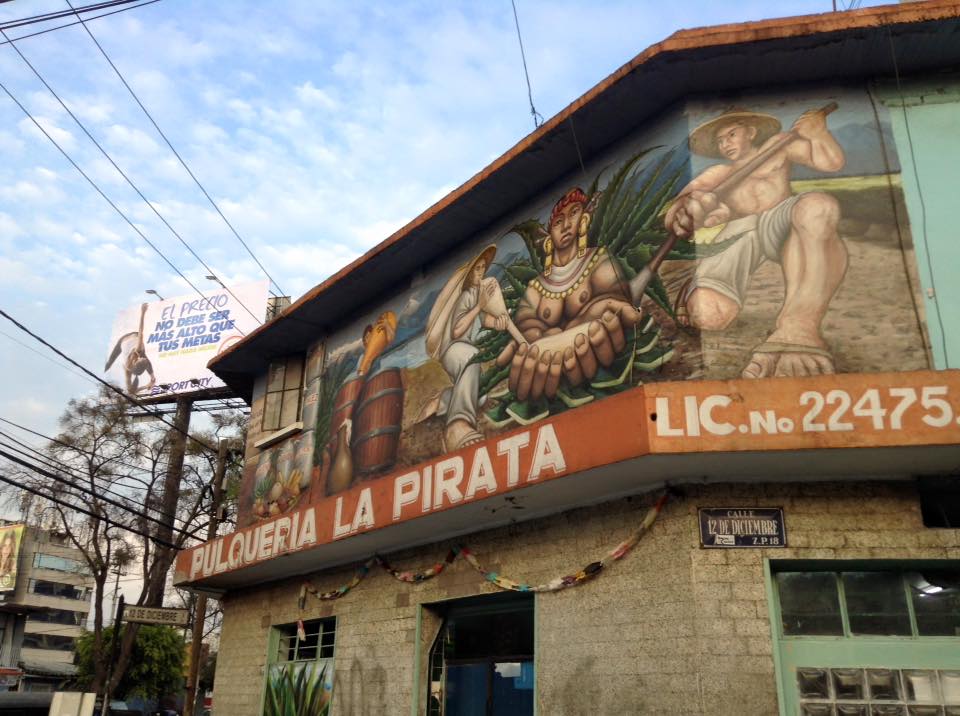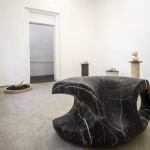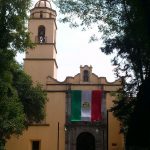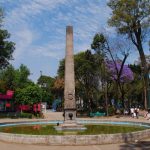
Pulqueria la Pirata, with over 80 years in the business, found a way to break the general trend of no bars and nightspots among all our pages. The sad truth is that there are simply too many of them to include more than the few “best of the best”.
A drinks menu of exceptional options curados means that you can choose from piñón, tomato, celery, amongst many other flavors. All of the pulques on sale are from the arid states of Tlaxcala and Hidalgo where the maguey plants grow best and where a long long tradition of the drink to the capital. This is a traditional pulque bar for those who have not yet tasted this drink.
Pulque drinking is, of course, celebrated with a fair amount of tradition. Some will say that the accompanying snacks are just as essential as the drink itself. Everything from guacamole with tortillas to relatively expensive maguey worms and “pantheon” snails may be seen. There are also a number of rituals associated with the practice and these can vary widely depending on where it’s being consumed. The addition of the pulp of the flavoring fruits or honey can give a variety of “cures” to the pulque and some of these will invoke their own separate traditions. Red prickly pear, tuna roja (sometimes called “rabbit blood,” sangre de conejo) is one of the most common additives.
Pulque can also be used as a condiment, with chicken for example, which is often fried after marinating in a pulque broth. Most international visitors will be pleasantly surprised by what is served at La Pirata Pulqueria.
 pulqueria_lapirata@hotmail.com
pulqueria_lapirata@hotmail.com
 +52 (55) 2614 2952
+52 (55) 2614 2952

Nearest at 0.40 kms.

Nearest at 0.41 kms.

Nearest at 0.45 kms.

Challenging works and open doors...

One of the most prominent facades on the skyline in Mexico City, it's your first step into Tacubaya.

One neighborhood's answer to the urban jungle...

Best loved for it's wooded atrium, it's a little known temple and former monastery in the thick of the City.

A Republican Garden, dating from the mid-19th century, it marks a special place for Tacubaya in the City's history.